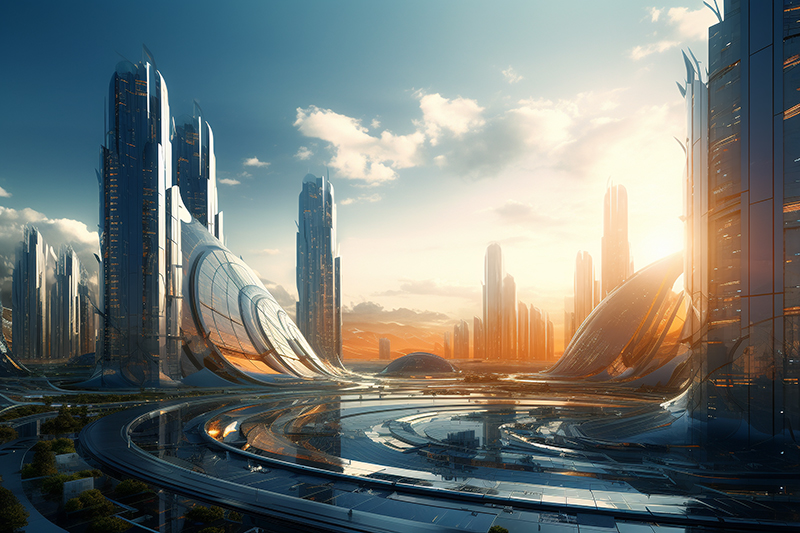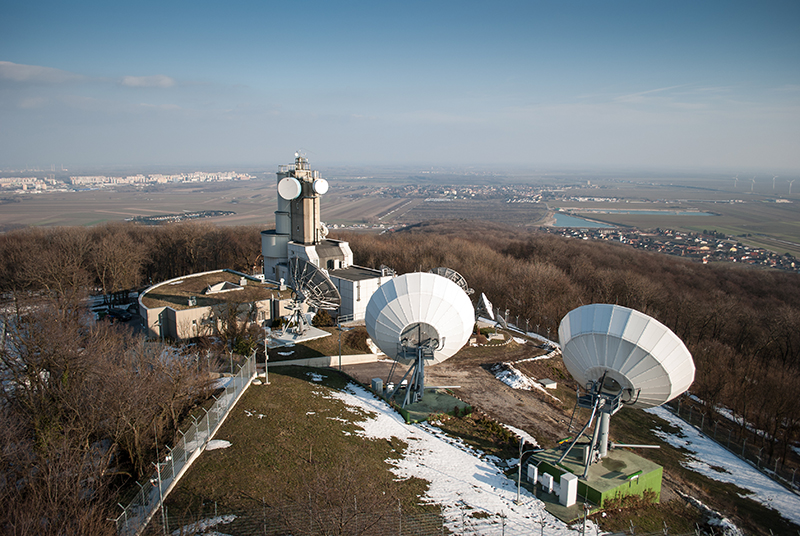Promoting green and low-carbon transformation through technological innovation has become a social consensus. The report of the 20th National Congress of the Communist Party of China proposes to develop green and low-carbon industries, accelerate the research and application of advanced technologies for energy conservation and carbon reduction, and promote the formation of green and low-carbon production and lifestyle. The National Conference on Ecological Environment Protection and the Opinions of the Central Committee of the Communist Party of China and the State Council on Comprehensively Promoting the Construction of a Beautiful China both emphasize the need to promote self-reliance and self-improvement in green and low-carbon technology, and tackle key core technologies.
This year's government work report proposes a reduction of about 2.5% in energy consumption per unit of GDP. This is the result of joint exploration by the whole society. Behind this, the green and low-carbon transformation supported by technological innovation continuously promotes the iterative upgrading of China's industrial structure and economic growth mode. Especially in key areas of greenhouse gas emission reduction such as energy, industry, agriculture, construction, and transportation, significant achievements have been made, and a series of green and low-carbon demonstration technologies have been achieved. China has become a global leader in multiple new energy technologies and equipment manufacturing, and has built the world's largest clean power supply system.
Since the proposal of the "dual carbon" goal, China has steadily promoted its green and low-carbon transformation in the energy sector. On August 15, 2023, at the press conference of the important achievements of ecological civilization in the main event of National Ecological Day, the relevant person in charge of the National Development and Reform Commission introduced the achievements made by China in the transformation of coal-fired power. He stated that efforts should be made to promote clean and efficient utilization of coal, and more than 520 million kilowatts of coal-fired power units have been completed in energy-saving and carbon reducing transformation, flexibility transformation, and heating transformation, playing a backup and regulatory role in supporting the development of new energy. In terms of developing new energy, as of the end of October 2023, the installed capacity of wind and photovoltaic power has reached 940 million kilowatts, and the installed capacity of renewable energy has exceeded 1.4 billion kilowatts, historically surpassing the installed capacity of coal-fired power.
Green development is the foundation of high-quality development. To steadily achieve the green and low-carbon transformation of energy, the power of technological innovation cannot be ignored. The Implementation Plan highlights the green technology innovation system that supports the achievement of carbon peak goals by 2030 and aims to achieve carbon neutrality by 2060. It will promote technological innovation and integration in multiple directions and fields, empowering systematic innovation in low-carbon technology.
Not only that, the Implementation Plan also clarifies the work responsibilities of ecological and environmental departments at all levels in promoting low-carbon technologies. Based on enterprise and market demand, it highlights the main position of enterprises in technological innovation and application, encourages low-carbon technologies to enter the park, strengthens policy coordination and support guarantee, and widely promotes and promotes at home and abroad, effectively doing a good job in the "second half of the article" of low-carbon technology promotion and application. These measures will effectively promote the promotion and application of low-carbon technologies, providing strong support for achieving carbon peak and carbon neutrality goals.
Looking ahead to the future, the power of technological innovation will play a more important role in promoting the optimization of energy structure and green transformation and upgrading. Through continuous research and promotion of advanced low-carbon technologies, energy consumption and greenhouse gas emissions will be more effectively reduced, making greater contributions to achieving sustainable development goals. (Zhang Haozhe)












